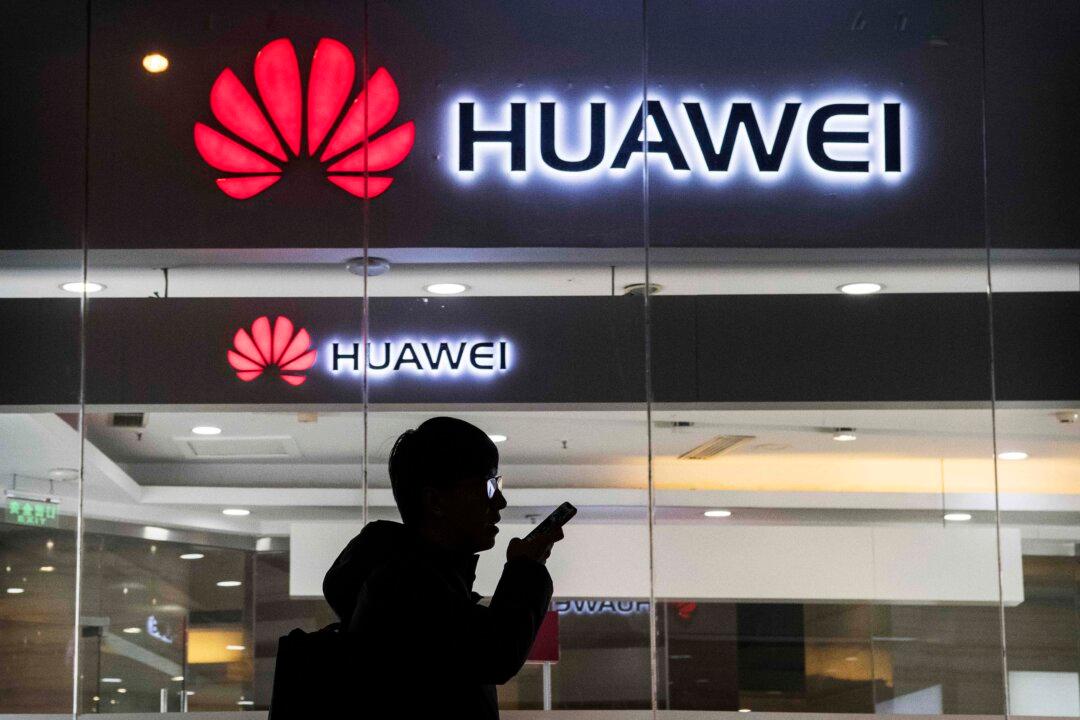Commentary
China’s two biggest telecom and chipmaking companies thumbed their noses at the United States on the day of Commerce Secretary Gina Raimondo’s visit to China. They released a new Huawei smartphone with 7-nanometer (nm) technology that flies in the face of international sanctions on exporting the tech to China.





